Home>Technology>Home Entertainment Systems>What Is A Home Theater Display
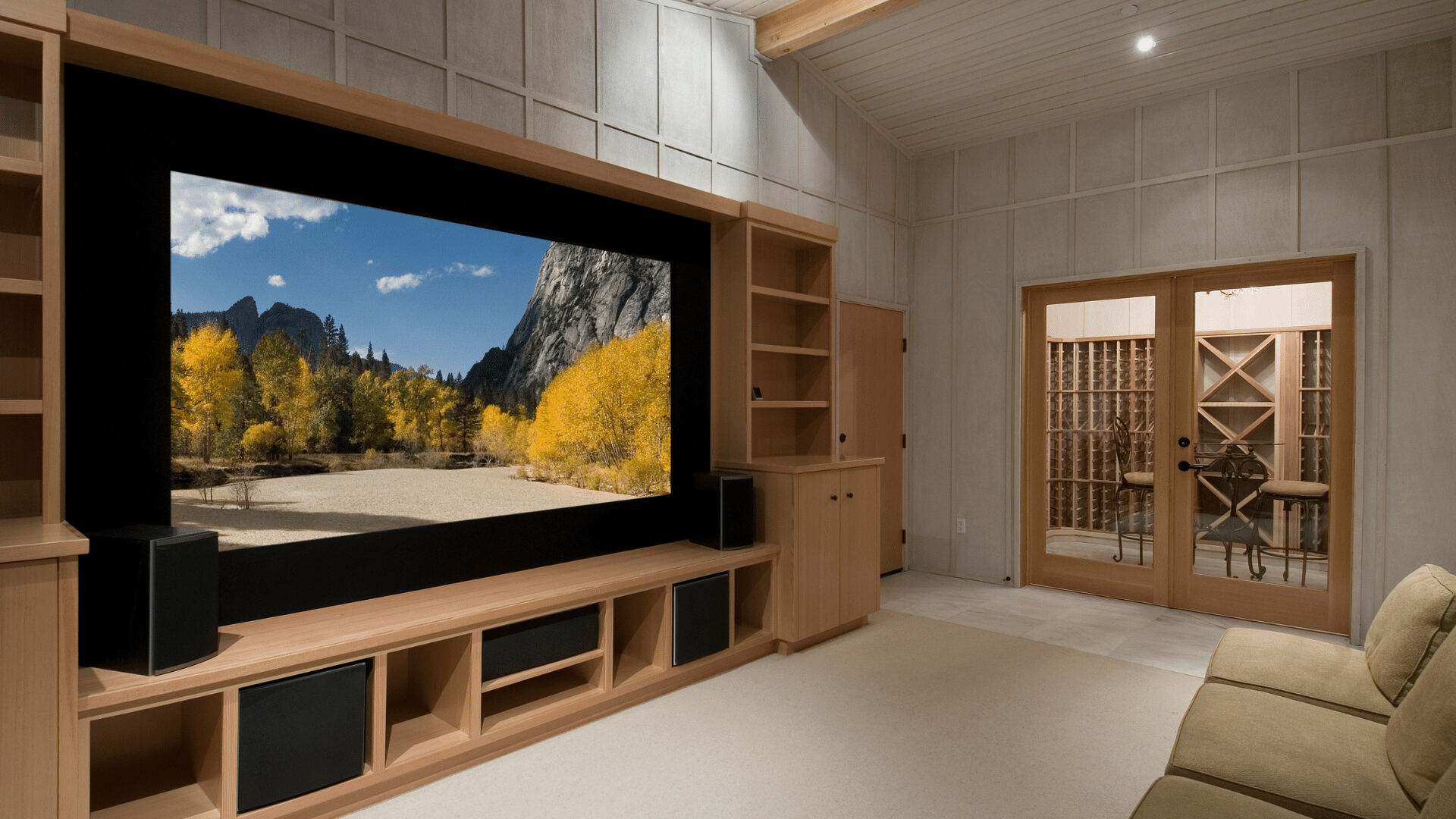

Home Entertainment Systems
What Is A Home Theater Display
Published: February 26, 2024
Discover the benefits of a home theater display and elevate your entertainment experience with our top-rated home entertainment systems. Explore now!
(Many of the links in this article redirect to a specific reviewed product. Your purchase of these products through affiliate links helps to generate commission for Storables.com, at no extra cost. Learn more)
Introduction
A home theater display serves as the focal point of any entertainment setup, transforming your living space into a captivating cinematic experience. Whether you're an avid movie enthusiast, a gaming aficionado, or a music lover, the right home theater display can elevate your entertainment to new heights. With a myriad of options available in the market, it's essential to understand the various types of displays, the factors to consider when choosing one, the setup process, and maintenance tips to ensure optimal performance.
In this comprehensive guide, we will delve into the world of home theater displays, exploring the diverse options and shedding light on the key considerations for selecting the perfect display for your home. Additionally, we'll provide valuable insights into setting up and maintaining your home theater display to maximize its longevity and performance.
Whether you're a tech-savvy individual seeking the latest innovations in display technology or a homeowner looking to create a cozy entertainment hub for family and friends, this guide will equip you with the knowledge and expertise to make informed decisions and enhance your home entertainment experience.
From the immersive visuals of a high-definition display to the seamless integration of smart features, a home theater display has the power to captivate your senses and transport you into a world of unparalleled entertainment. Join us as we embark on a journey through the realm of home theater displays, uncovering the secrets to creating a captivating and immersive entertainment space within the comforts of your home.
Key Takeaways:
- Choose the right home theater display by considering factors like room lighting, screen size, and audio integration. Understanding display types like LED/LCD, OLED, and QLED helps create an immersive entertainment experience.
- Setting up and maintaining your home theater display is crucial for optimal performance. Consider placement, connectivity, and regular cleaning to ensure a captivating and long-lasting viewing experience.
Read more: What Is The Best Home Theater Receiver
Types of Home Theater Displays
When it comes to home theater displays, there is a diverse array of options available, each offering unique features and benefits. Understanding the different types of displays is crucial in making an informed decision that aligns with your entertainment preferences and spatial requirements. Let's explore some of the most popular home theater display options:
1. LED/LCD Displays
LED (Light Emitting Diode) and LCD (Liquid Crystal Display) screens are widely favored for their vibrant colors, sharp contrast, and energy efficiency. These displays utilize backlighting to illuminate the screen, resulting in vivid visuals that are well-suited for both bright and dimly lit rooms. LED/LCD displays come in a range of sizes, from compact screens to expansive panels, catering to various room dimensions and viewing distances.
2. OLED Displays
OLED (Organic Light Emitting Diode) displays are renowned for their exceptional picture quality, featuring self-illuminating pixels that deliver deep blacks and vibrant colors. Unlike LED/LCD displays, OLED technology does not require a backlight, allowing for individually controlled pixels that contribute to superior contrast and viewing angles. This makes OLED displays an ideal choice for home theaters, where immersive visuals are paramount.
3. QLED Displays
QLED (Quantum Dot LED) displays harness quantum dot technology to produce stunning, true-to-life colors and enhanced brightness. By leveraging quantum dots, these displays achieve a wide color gamut, resulting in rich and lifelike imagery. QLED displays are particularly well-suited for well-lit rooms, as they can effectively combat glare and maintain visual clarity even in bright environments.
4. Projectors
Projectors offer a cinematic experience by casting large-scale images onto a screen or wall. They are versatile, allowing for adjustable screen sizes to accommodate different viewing preferences. With advancements in projection technology, modern projectors can deliver high-definition visuals and support 3D content, making them a popular choice for creating immersive home theater setups.
5. Smart Displays
Smart displays integrate advanced features such as voice control, streaming capabilities, and smart home connectivity. These displays often incorporate built-in virtual assistants, enabling seamless access to entertainment content, information, and smart home functions. With the ability to interact with other smart devices, smart displays offer a holistic and interconnected entertainment experience.
6. Curved Displays
Curved displays are designed to envelop viewers, providing a heightened sense of immersion and depth. By curving the screen inward, these displays aim to mimic the curvature of the human eye, resulting in a more encompassing visual experience. While opinions on curved displays vary, they remain a distinct option for those seeking a unique and immersive viewing environment.
Each type of home theater display presents its own set of advantages and considerations, catering to different preferences and usage scenarios. By understanding the characteristics and functionalities of these displays, you can make an informed decision that aligns with your entertainment needs and elevates your home theater experience.
Factors to Consider When Choosing a Home Theater Display
Selecting the ideal home theater display involves a thoughtful evaluation of various factors to ensure that it seamlessly integrates into your entertainment space and fulfills your viewing preferences. Here are the key considerations to keep in mind when choosing a home theater display:
1. Display Technology
The choice of display technology significantly impacts the visual experience. LED/LCD displays offer energy efficiency and vibrant colors, making them suitable for well-lit rooms. On the other hand, OLED displays excel in delivering deep blacks and vibrant hues, enhancing the contrast and overall picture quality. Understanding the nuances of each technology will help you determine the most suitable display for your viewing environment.
2. Screen Size and Viewing Distance
The size of the display and its relationship to the viewing distance play a crucial role in creating an immersive viewing experience. Larger screens are well-suited for spacious rooms and can accommodate a wider seating arrangement, while smaller screens may be more appropriate for compact spaces. Considering the optimal viewing distance for your chosen screen size is essential to ensure comfortable and engaging viewing.
3. Room Lighting and Ambient Conditions
Assessing the ambient lighting conditions in the room where the display will be installed is vital. LED/LCD displays are adept at handling varying light levels, making them suitable for rooms with ample natural light. Conversely, OLED displays thrive in dimly lit environments, where their ability to render deep blacks and rich colors can truly shine. Understanding how the display will interact with the room's lighting will help you make an informed decision.
4. Connectivity and Smart Features
Modern home theater displays often come equipped with a range of connectivity options and smart features. Consider the availability of HDMI ports, USB connections, and wireless capabilities to ensure seamless integration with your entertainment devices. Additionally, smart features such as voice control, streaming services, and smart home compatibility can enhance the overall entertainment experience, providing convenience and accessibility.
Read more: What Is The Best Home Theater Sound System
5. Audio Integration
While the display is a visual centerpiece, audio integration is equally important for a captivating home theater experience. Assess the compatibility of the display with sound systems, soundbars, or home theater receivers to achieve a harmonious audio-visual setup. Some displays offer built-in audio enhancements, contributing to a more immersive soundstage.
6. Aesthetics and Room Layout
The aesthetic appeal of the display and its compatibility with the room's layout should not be overlooked. Consider the design elements of the display, such as bezel size, frame finish, and mounting options, to ensure that it complements the overall decor and layout of the room. Additionally, assess the viewing angles and potential placement locations to optimize the visual impact of the display within the space.
By carefully evaluating these factors, you can make an informed decision when selecting a home theater display that aligns with your preferences, spatial constraints, and entertainment aspirations. Each consideration plays a pivotal role in shaping the overall viewing experience, ensuring that your home theater display becomes the centerpiece of immersive entertainment within your home.
Setting Up Your Home Theater Display
Setting up your home theater display is a pivotal step in creating an immersive and captivating entertainment space within your home. Whether you've opted for a sleek LED/LCD display, a cutting-edge OLED screen, or a versatile projector, the setup process plays a crucial role in optimizing the visual impact and functionality of your chosen display. Here's a detailed guide to help you navigate the setup process and unleash the full potential of your home theater display.
1. Location and Placement
The first consideration in setting up your home theater display is determining the optimal location and placement within the room. Assess the viewing angles, ambient lighting, and potential obstructions to identify the most suitable position for the display. Whether wall-mounted, placed on a stand, or ceiling-mounted (in the case of projectors), the placement should offer unobstructed viewing and complement the overall room layout.
2. Connectivity and Source Integration
Ensure seamless connectivity by linking your display to audio-visual sources such as streaming devices, gaming consoles, Blu-ray players, and cable/satellite boxes. Utilize high-quality HDMI cables for transmitting audio and video signals, and consider the placement of these source devices to facilitate easy access and cable management. Additionally, configure the display settings to optimize the visual output based on the connected sources.
3. Audio Configuration
Integrate the audio component by connecting the display to a sound system, soundbar, or home theater receiver. Ensure that the audio output from the display is synchronized with the connected audio devices, and adjust the audio settings to achieve a balanced and immersive sound experience. Some displays offer audio output options, allowing for seamless integration with external audio systems.
4. Calibration and Settings Adjustment
Calibrate the display settings to achieve optimal visual performance. Adjust the brightness, contrast, color settings, and viewing modes to align with your viewing preferences and the ambient lighting conditions in the room. Many displays offer advanced calibration options, including color temperature adjustments and motion enhancement features, allowing for fine-tuning to deliver a personalized viewing experience.
5. Smart Features and Network Connectivity
If your display incorporates smart features and network connectivity, take advantage of these capabilities to access streaming services, smart home functions, and content sharing. Configure the network settings, sign in to your preferred streaming platforms, and explore the interactive features offered by the display, such as voice control and content recommendations.
Read more: What Is A 5.1 Home Theater System
6. Final Assessment and Testing
Once the setup is complete, conduct a comprehensive assessment of the display's performance. Test various content types, including movies, games, and streaming media, to evaluate the visual quality, audio synchronization, and overall functionality. Make any necessary adjustments based on the testing results to ensure a seamless and captivating home theater experience.
By following these steps and paying attention to the intricate details of the setup process, you can unleash the full potential of your home theater display, creating an enchanting entertainment space that captivates your senses and elevates your viewing experience. Whether it's a cozy movie night with loved ones or an exhilarating gaming session, a meticulously set up home theater display sets the stage for unforgettable moments of entertainment and enjoyment.
Maintaining Your Home Theater Display
Maintaining your home theater display is essential for preserving its performance and longevity, ensuring that you continue to enjoy a captivating and immersive viewing experience. By incorporating regular maintenance practices and adhering to manufacturer recommendations, you can safeguard the visual quality, functionality, and overall condition of your home theater display. Here's a comprehensive guide to effectively maintain your home theater display:
1. Cleaning and Dusting
Regularly clean the screen and frame of your display using a soft, microfiber cloth to remove dust, smudges, and fingerprints. Avoid using abrasive cleaners or rough materials that may scratch the screen surface. For stubborn stains, lightly dampen the cloth with water or a specialized screen-cleaning solution, ensuring that excess moisture does not seep into the display.
2. Ventilation and Air Circulation
Ensure that the ventilation openings and fans of the display, especially in the case of projectors, remain unobstructed. Proper airflow and ventilation prevent overheating and contribute to the optimal performance and longevity of the display components. Periodically inspect and clean ventilation openings to prevent the accumulation of dust and debris.
Read more: What Speaker Wire To Use For A Home Theater
3. Firmware Updates and Software Maintenance
Stay informed about firmware updates and software enhancements provided by the display manufacturer. Regularly check for updates and follow the recommended procedures to install the latest firmware, ensuring that your display benefits from performance improvements, feature enhancements, and security patches.
4. Screen Protection and Care
Consider using a screen protector or dedicated screen-cleaning solutions to safeguard the display from scratches and maintain its pristine condition. Be mindful of the surroundings to prevent accidental impacts or contact with sharp objects that may compromise the integrity of the screen.
5. Environmental Considerations
Maintain a suitable ambient environment for your home theater display, avoiding exposure to extreme temperatures, humidity, or direct sunlight. Optimal environmental conditions contribute to the longevity of electronic components and prevent potential damage caused by environmental stressors.
6. Power Management and Surge Protection
Utilize surge protectors and power management solutions to safeguard the display and associated equipment from power surges, fluctuations, and electrical disturbances. Implementing proper power management measures can prevent damage to sensitive electronic components and ensure the longevity of your home theater display.
Read more: What Is The Best Bose Home Theater System
7. Professional Maintenance and Servicing
Consider periodic professional maintenance and servicing, especially for projectors and complex display systems. Engage qualified technicians to conduct thorough inspections, clean internal components, and address any potential issues to maintain the optimal performance and reliability of your home theater display.
By adhering to these maintenance practices and incorporating them into your routine, you can uphold the visual brilliance, functionality, and longevity of your home theater display. Regular maintenance not only preserves the value of your investment but also ensures that your entertainment space continues to deliver captivating and immersive experiences for years to come.
Frequently Asked Questions about What Is A Home Theater Display
Was this page helpful?
At Storables.com, we guarantee accurate and reliable information. Our content, validated by Expert Board Contributors, is crafted following stringent Editorial Policies. We're committed to providing you with well-researched, expert-backed insights for all your informational needs.
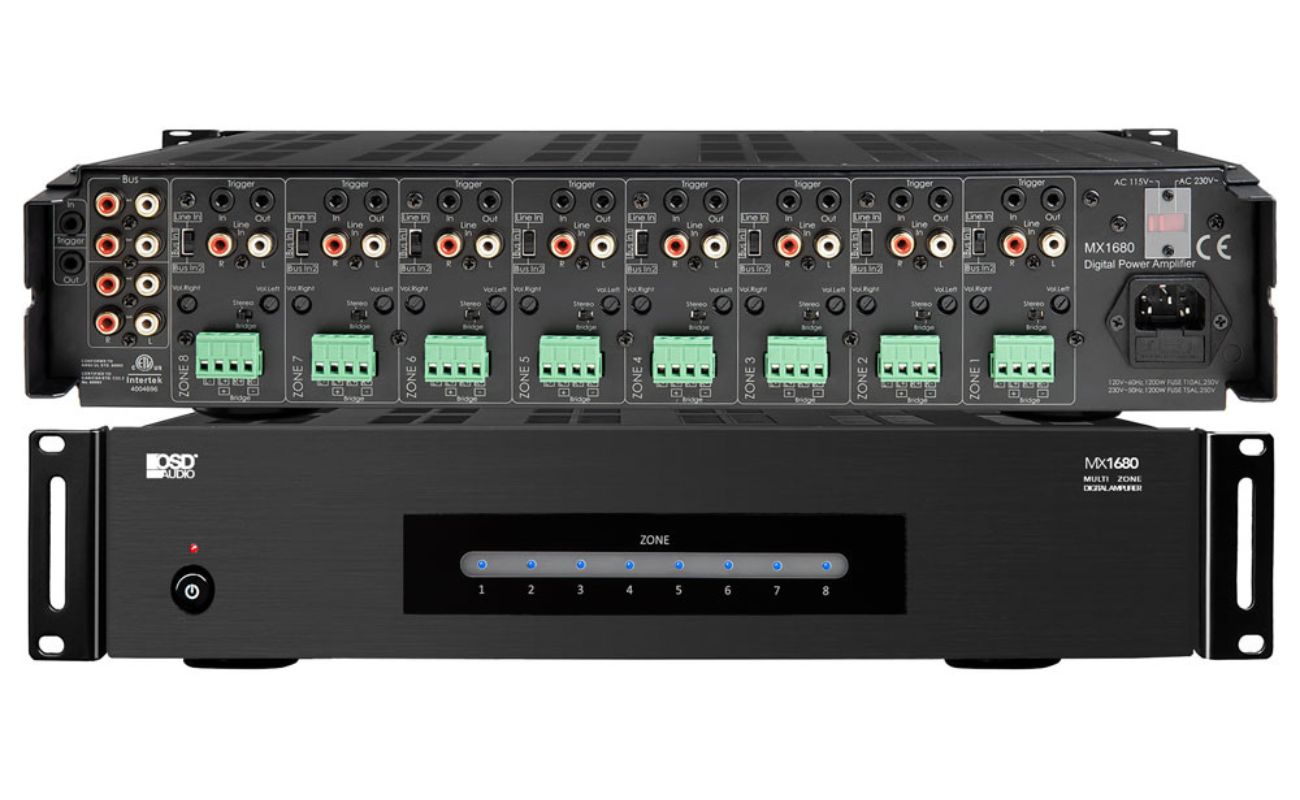
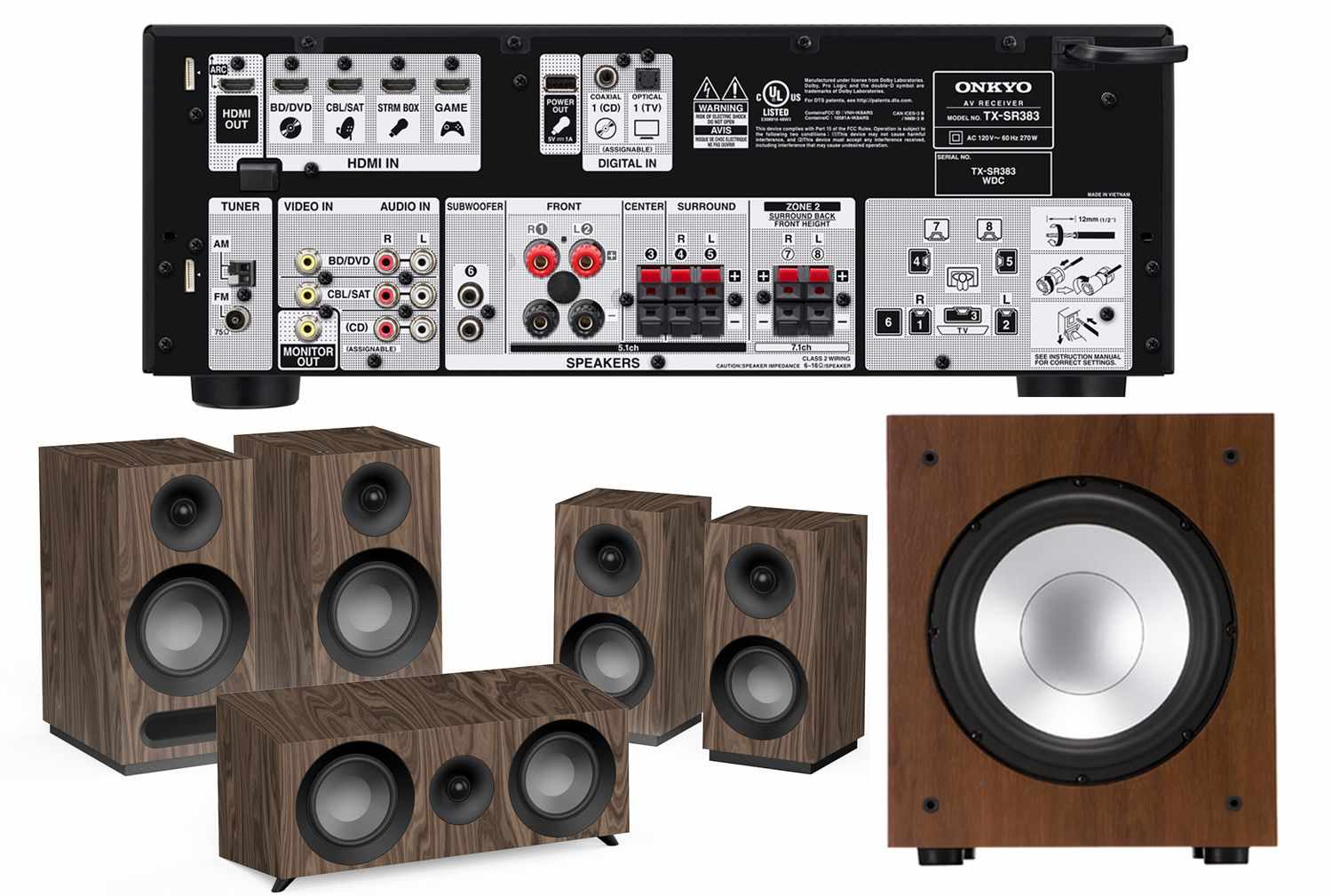

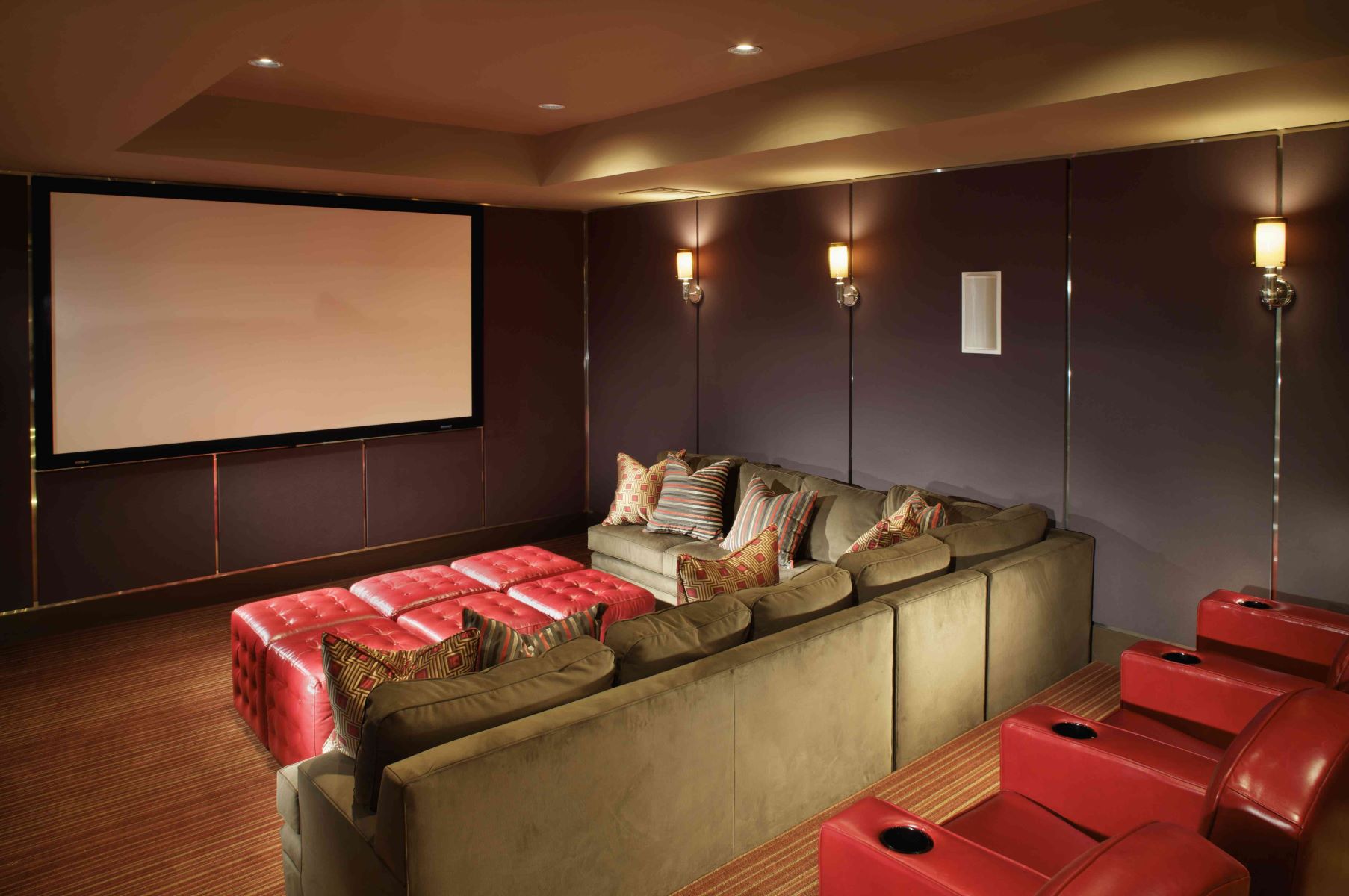

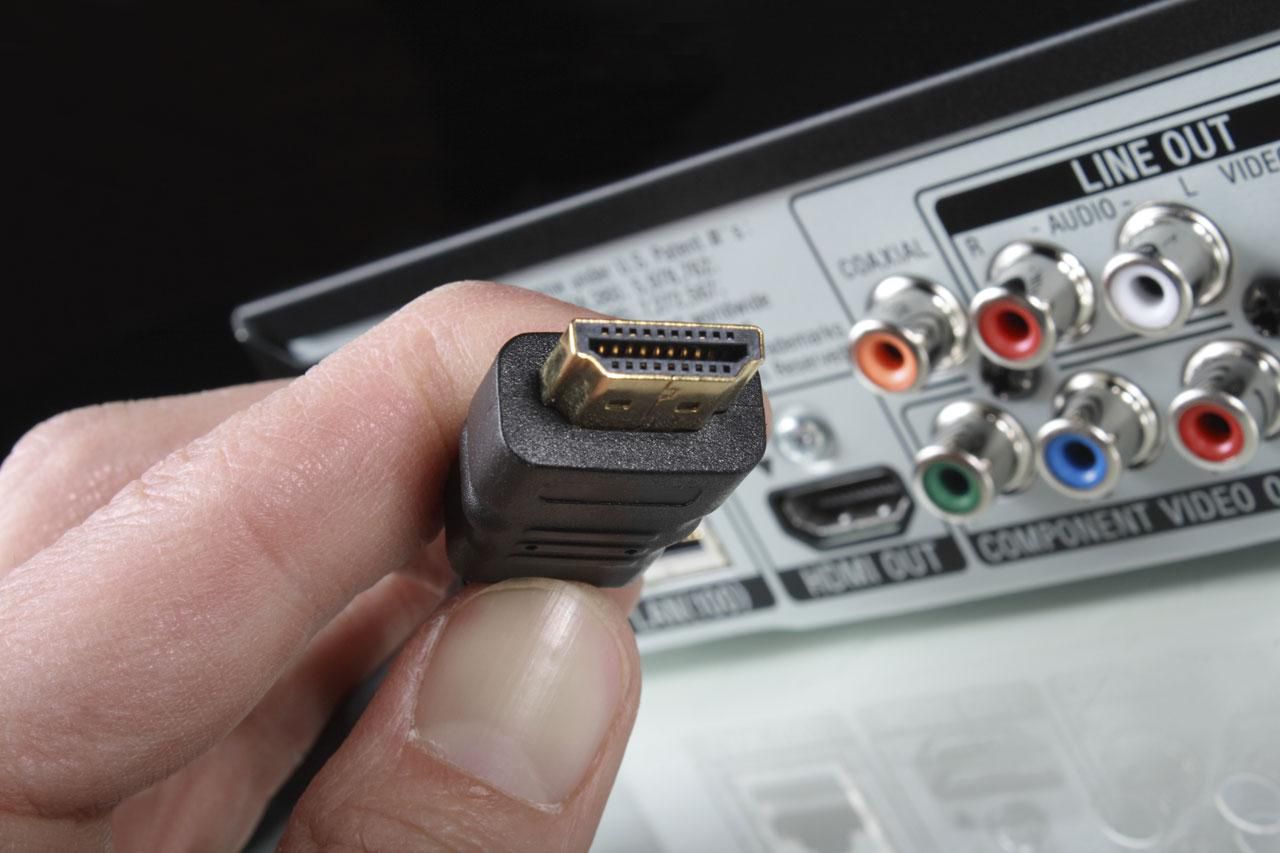
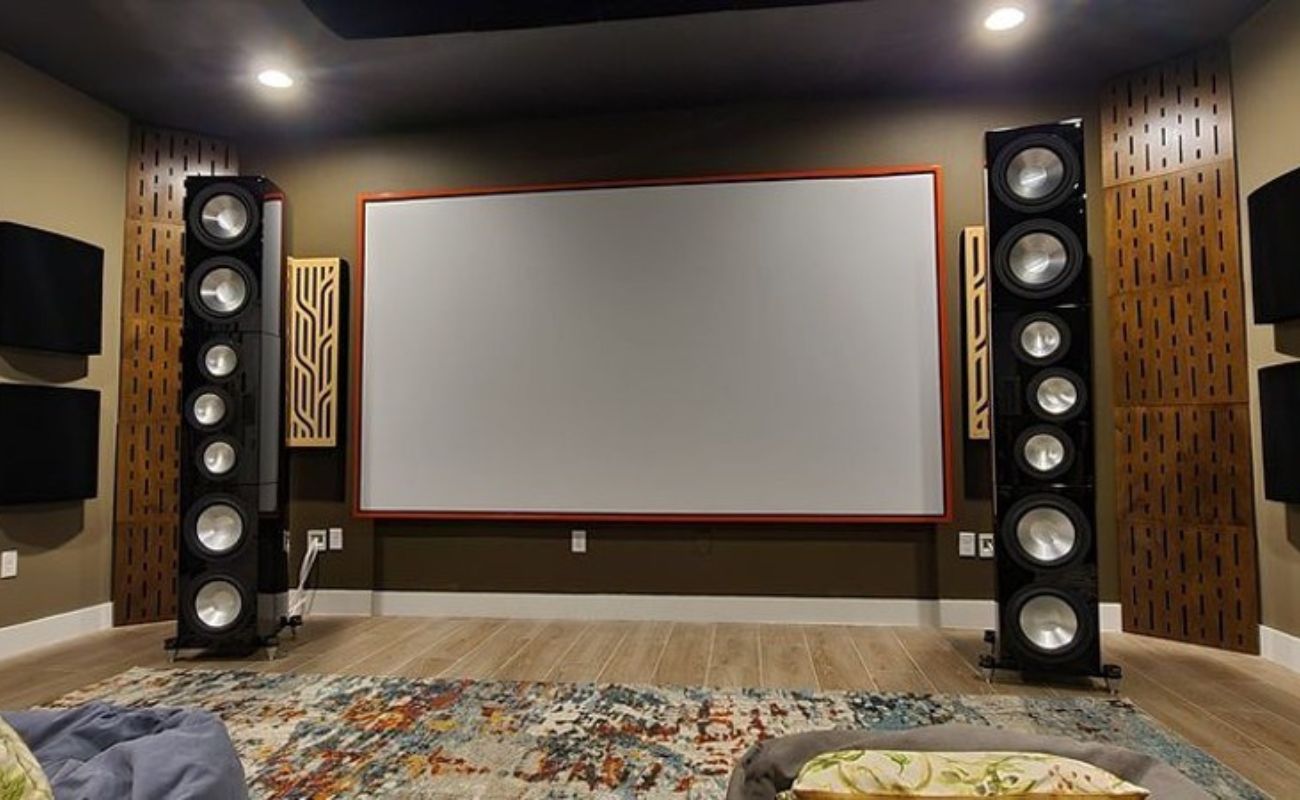
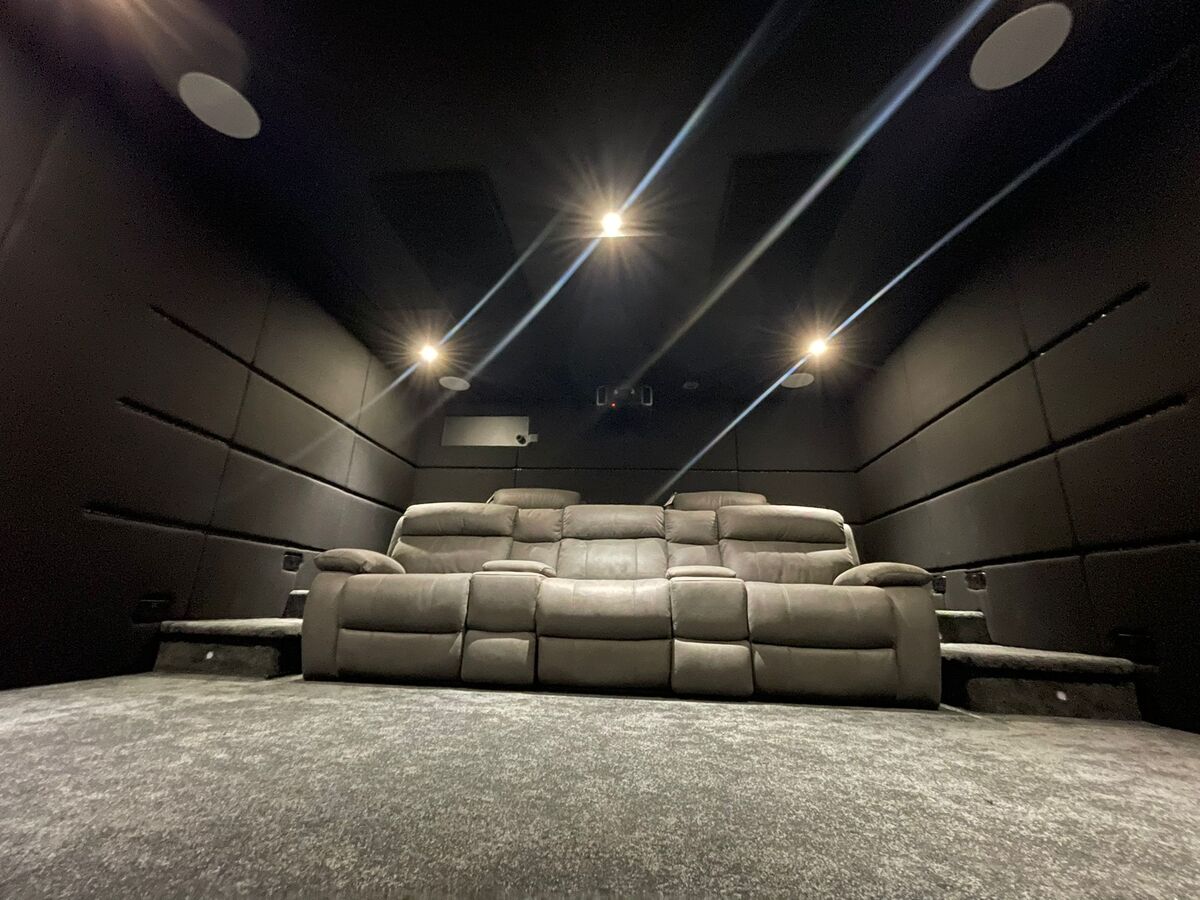

0 thoughts on “What Is A Home Theater Display”